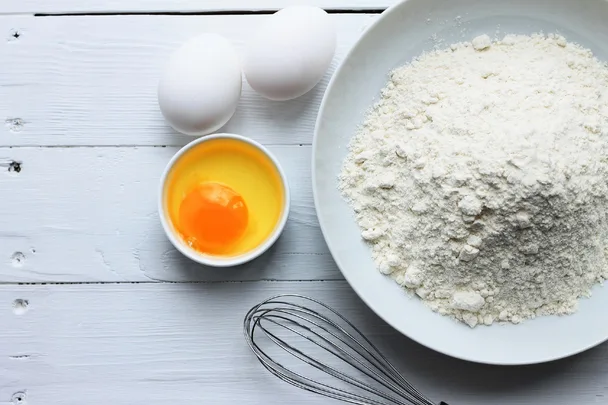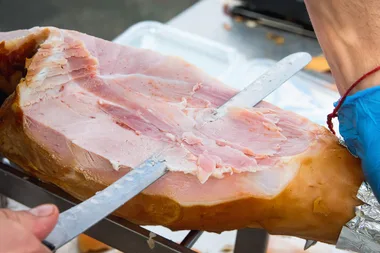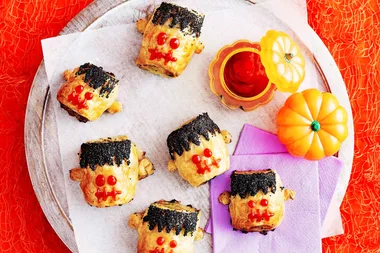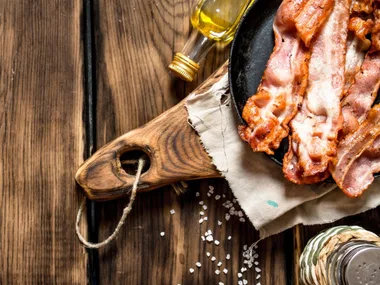If you’re looking for a gluten-free alternative to flour, look no further. There are lots of flour substitutes to choose from, like buckwheat, quinoa, brown rice flour and more.
Watch: Dairy free, gluten free, nut free chocolate cake
Mandy Sacher, cookbook author and Global Chief Nutrition Officer at MindChamps Australia. The one thing she recommends is to avoid pre-packaged gluten-free flour mixes from the supermarket.
“These are often nutritionally poor and contain processed and refined grains,” she says. Purchasing the flours listed below and making your own blends will provide far more nutritional value to a person who is on a gluten-free diet.
“Processed grains and carbohydrates are low in fibre and B vitamins and spike the glucose level of the blood as they are rapidly absorbed by the body. This means they have a high glycaemic index.”
“A healthier choice is to opt for wholegrains or unrefined carbohydrates which absorb into the bloodstream slower as they are higher in fibre and other essential nutrients.”
How can I substitute gluten-free flour in a recipe?
If you have your heart set on a recipe but need to switch the flour to a gluten-free alternative, not all gluten-free flour can be substituted one for one.
“I find blending multiple flours creates a fluffier texture than only one gluten-free flour substitute,” says Mandy. “My favourite combo is buckwheat flour, brown rice flour and arrowroot (all measured in equal parts).
“For a grain-free option, use almond meal and arrowroot 2:1. When using this option, the ratio of wet ingredients to dry ingredients often needs to be adjusted.”
Here are seven more gluten-free flour alternatives.
What is the best gluten-free flour substitute?
1. Almond Flour

Almond flour is made from peeled almonds and has a nutty flavour. While it’s high in fat, it’s also low in saturated fat, low carbs and high protein, says Mandy.
While almond flour is best for baking and crumbing, Mandy says, “It is best to mix with other flours. It works well with arrowroot flour and coconut flour. You may need to increase the amount of liquid in the recipe.”
2. Arrowroot
Arrowroot is a white, flavourless powder often used as a thickener. Mandy says to use ⅓ cup of arrowroot combined with other flours.
“I recommend mixing buckwheat flour, brown rice flour and arrowroot,” she says. “Arrowroot is high carbs, high protein and low in fibre. However, it’s a more nutritious alternative to cornstarch or potato flour in recipes.”
3. Buckwheat
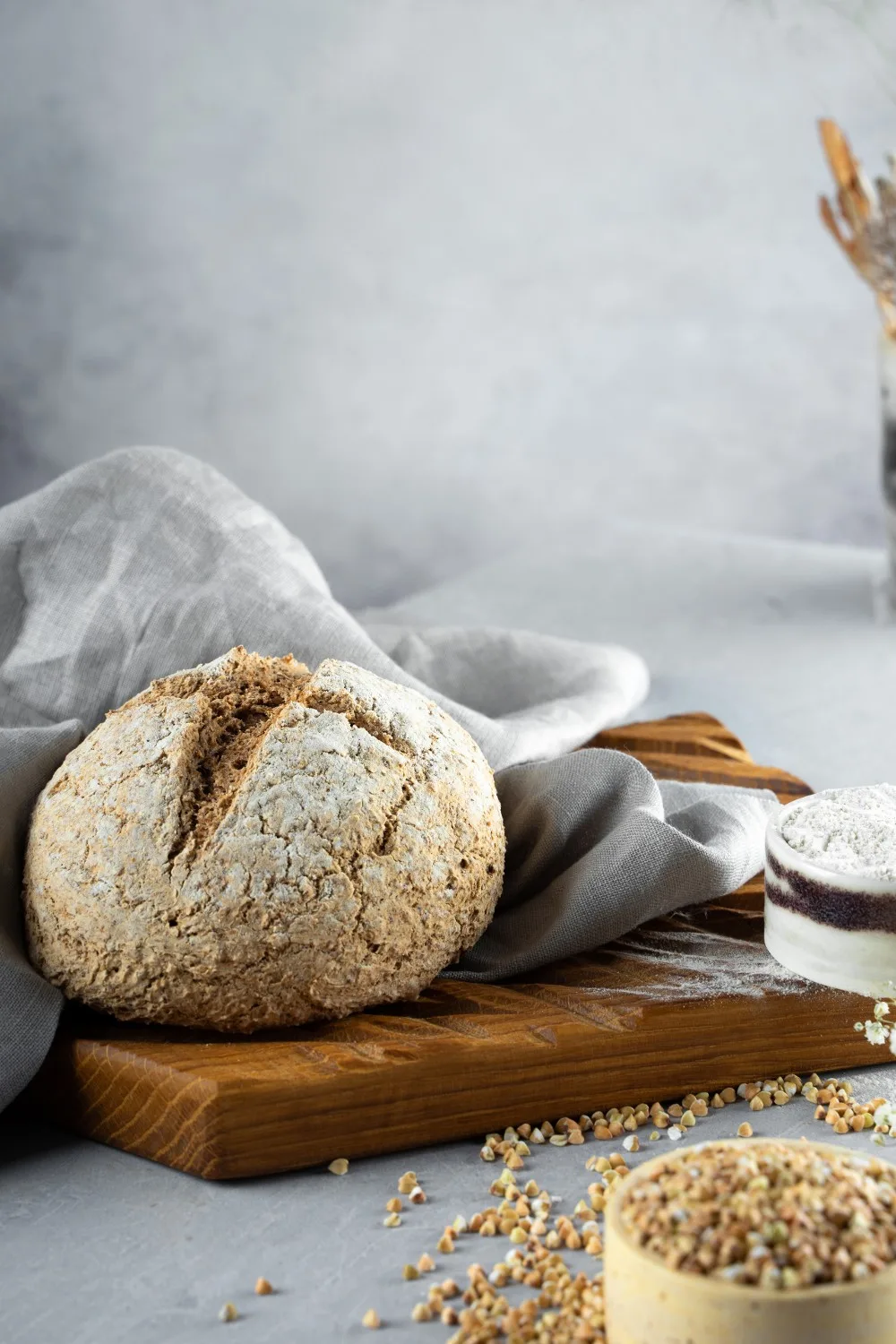
Using buckwheat as a gluten-free alternative to flour can take some time to get used to because it has a very strong flavour.
“I recommend using 50% buckwheat flour and adding another flour to balance flavour for people not used to it,” says Mandy.
She adds: “It’s best used in biscuits, pancakes, muffins and pastry, and it’s also high in fibre and potassium. For children, begin by replacing only 25% of their regular flour to get them used to the flavour.”
4. Coconut flour (grain-free)
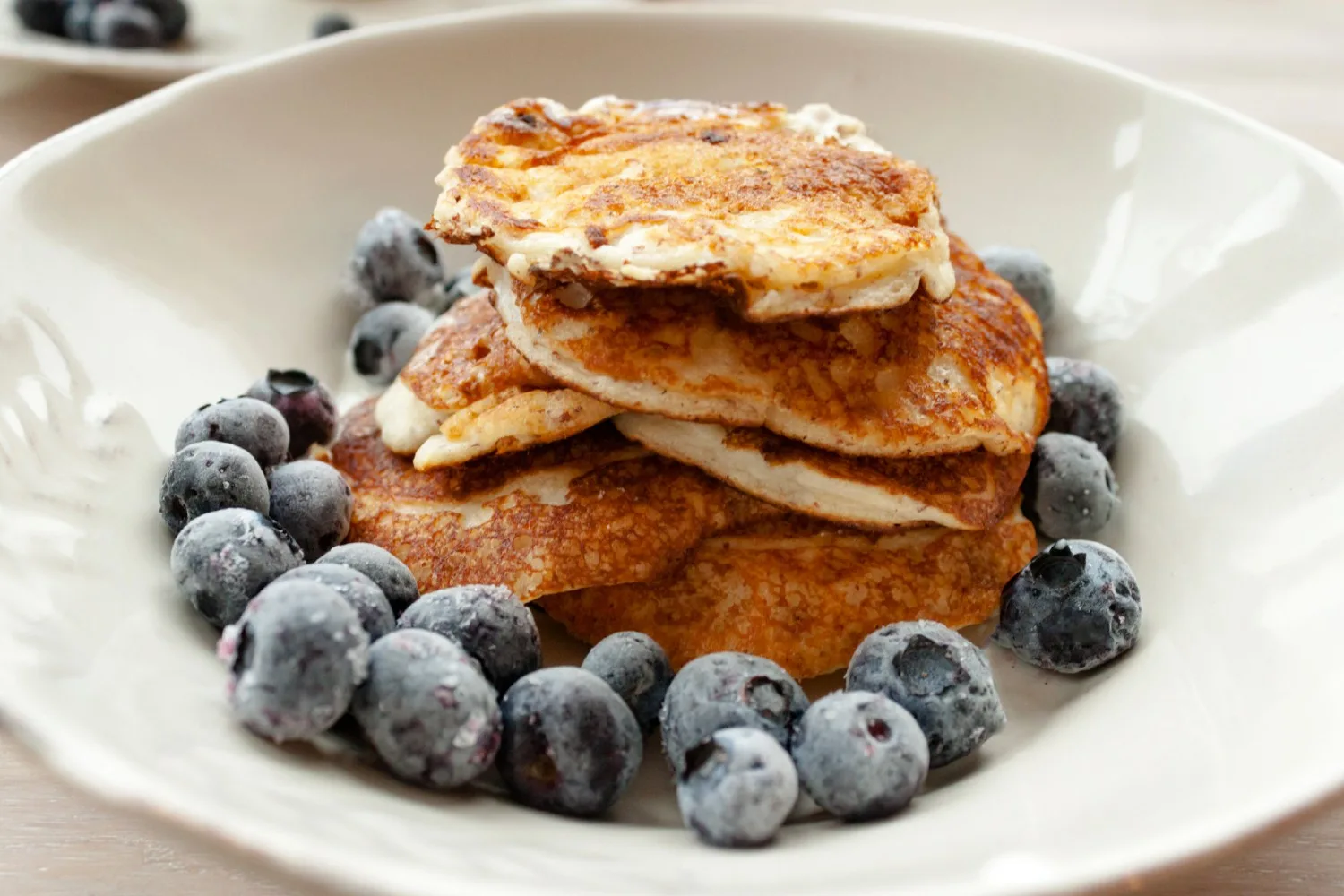
Coconut flour is low in carbs and high in fibre, and contains protein and saturated fat, says Mandy.
“Good for baking and thickening with a delicious, nutty flavour. You need to increase the liquid; otherwise, it will turn dense.”
5. Quinoa flour

Quinoa flour is a gluten-free powder made from dried quinoa seeds or quinoa flakes.
It’s best for baking and coating. Mandy says: “Replace 25% of the flour in a recipe until your family is used to the nutty (potentially bitter aftertaste).”
6. Brown rice flour
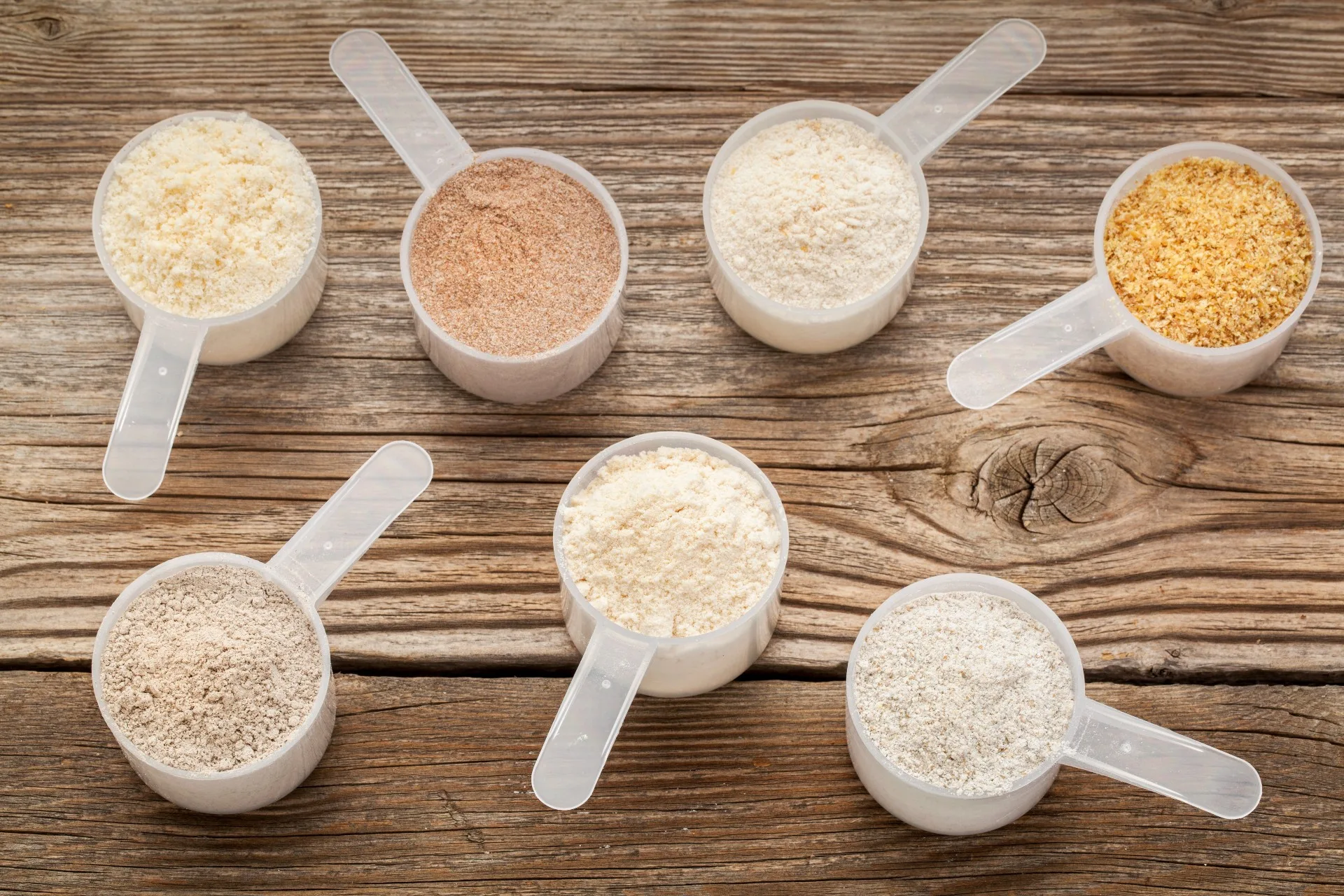
Brown rice flour is the most common gluten-free substitute, is readily available, and is best for baking and coating.
“Replace 1:1 with wheat flour,” says Mandy. She adds: “Brown rice flour is higher in carbs and low in protein, but brown rice flour is higher in fibre than white rice flour and contains more minerals.”
7. Chickpea flour
Chickpea flour is a great gluten-free alternative to flour and is best used in pasta, muffins and savoury baked goods.
Mandy says chickpea flour is “highly nutritious with a nutty flavour. It can be used alone or combined with other flour.”
“It’s also high in fibre and protein – an excellent addition to boost protein and iron, perfect for vegetarians or vegans to increase overall nutrition.”
You might also like:
6 best substitutes for vegetable oil
20 of the best tray back recipes
Need a substitute for butter? Try these alternatives
